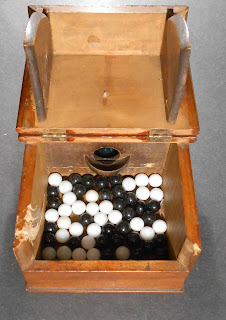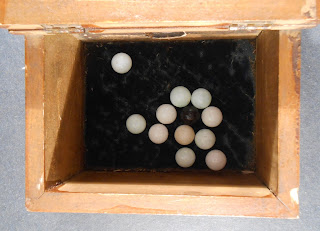 A box of Belgian chocolate, a glass of wine at the end of a long day, beautiful weather... the list goes on. Henry Monnier, a French playwright, caricaturist and actor in the 19th century, compiled his lithographic prints into a monograph titled Les Petites Felicites Humaines, depicting various aspects of life that bring joy to humans. Each lithographic plate is attached to a small piece of paper to bind the book. According to Monnier, what makes us happy differs, depending on how old we are.
A box of Belgian chocolate, a glass of wine at the end of a long day, beautiful weather... the list goes on. Henry Monnier, a French playwright, caricaturist and actor in the 19th century, compiled his lithographic prints into a monograph titled Les Petites Felicites Humaines, depicting various aspects of life that bring joy to humans. Each lithographic plate is attached to a small piece of paper to bind the book. According to Monnier, what makes us happy differs, depending on how old we are.When you are a little baby, toys, candies and putting on pants are all you need to be happy.
Once you become a young adult, happiness becomes something more dynamic and interactive as it involves other people. A wild mistress, along with love songs, makes a youngster happy, as well as outspoken and honest friends would. Young folks don't abide by the established rules and wisdom, nor do they waste their time mulling over their future and wealth. Monnier notes that as a young man, he was so carefree and cheerful that he had enough energy to climb up the wall of a building, all the way to the sixth floor!
As time passes, restless spirit and vigor fade away and are replaced by more practical values. Bonuses, beautiful courtyards and house interior decorations will make you content in the middle ages.
When you become even older, nothing makes you more blissful than your family. Family holidays, dinners and little children will brighten up your day.
As a resident of Hanover, NH, what struck me the most was this last plate with an illustration of a several men gathered around a heater. What else can bring more bliss to your life than resting beside a warm heater on a cold day?
You can look at the lithographic plates yourself by asking for Rare Book PQ 2366 .M42 P43.






